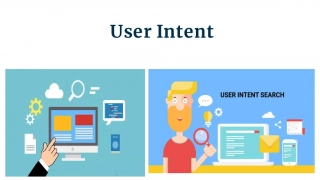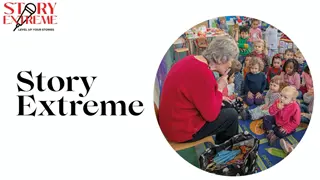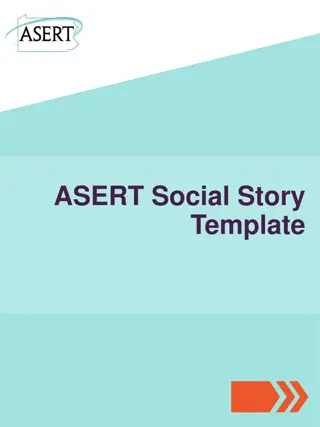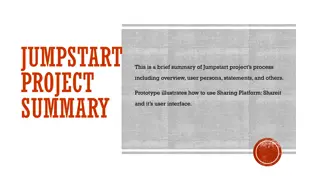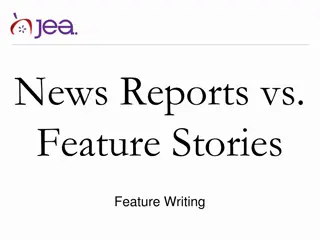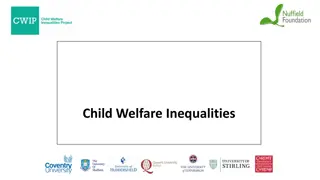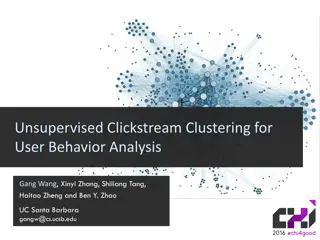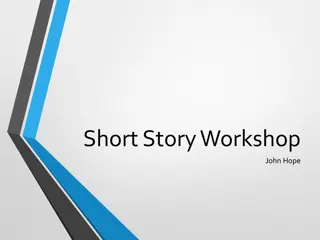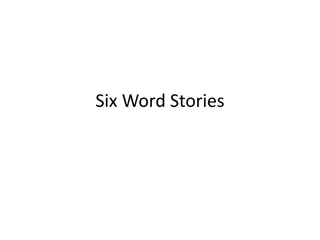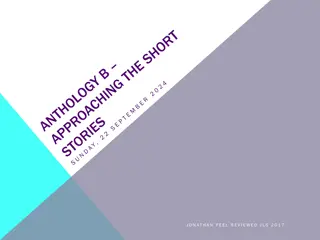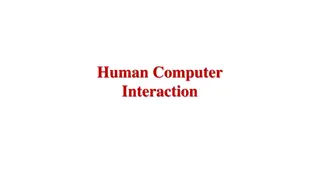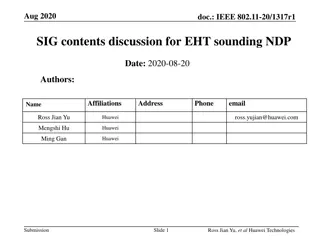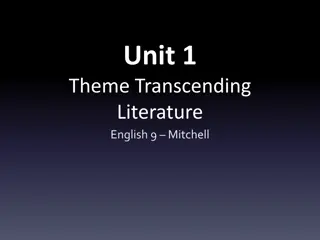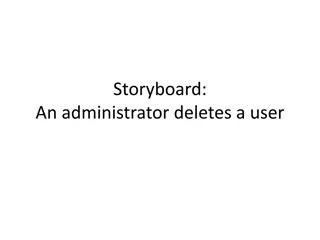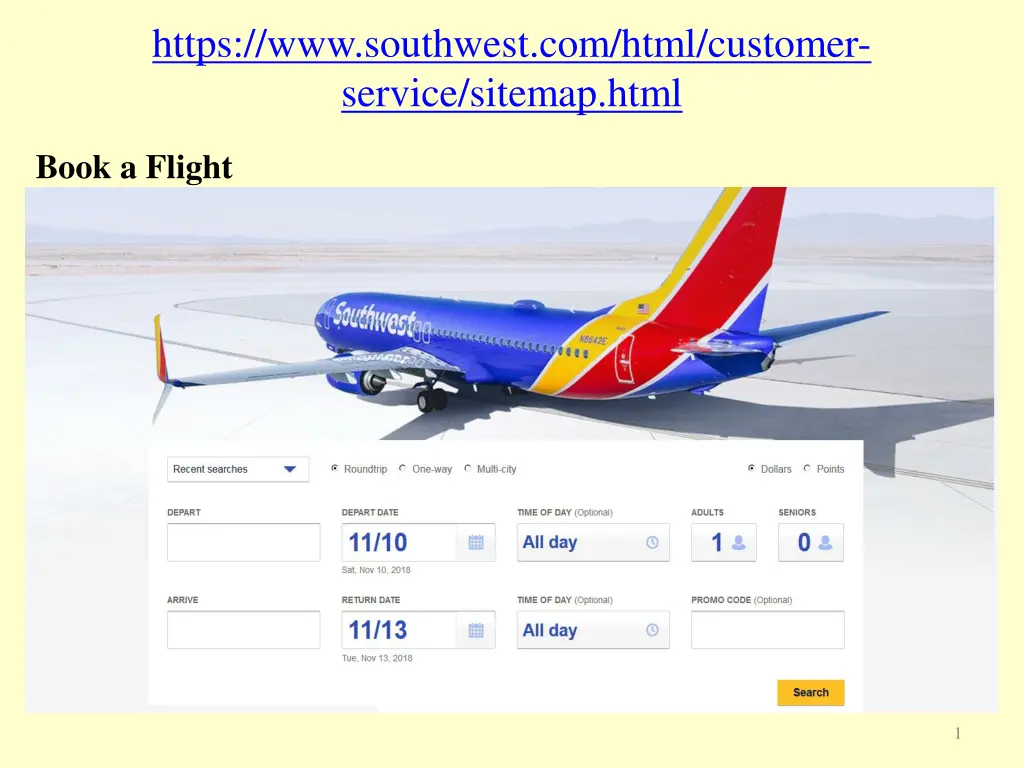
Effective User Story Writing for Airline Registration System and Job Posting Website
Learn about the principles of writing effective user stories for airline registration systems and job posting websites, including examples and best practices. Discover how to create user stories that cater to user needs and streamline the development process.
Download Presentation

Please find below an Image/Link to download the presentation.
The content on the website is provided AS IS for your information and personal use only. It may not be sold, licensed, or shared on other websites without obtaining consent from the author. If you encounter any issues during the download, it is possible that the publisher has removed the file from their server.
You are allowed to download the files provided on this website for personal or commercial use, subject to the condition that they are used lawfully. All files are the property of their respective owners.
The content on the website is provided AS IS for your information and personal use only. It may not be sold, licensed, or shared on other websites without obtaining consent from the author.
E N D
Presentation Transcript
https://www.southwest.com/html/customer- service/sitemap.html Book a Flight 1
User Stories Applied, Mike Cohn Chapter 1: An Overview Composed of three aspects: 1. Written description of the story used for planning and as a reminder 2. Conversations about the story that serve to flesh out the details of the story 3. Tests that convey and document details and that can be used to determine when a story is complete The 3 C s Card, Conversation, Confirmation 2
Airline Registration System FEATURE: User needs to book a flight USER STORIES: User needs to book a one way flight User needs to specify the number of passengers for this booking User needs to indicate departure airport User needs to indicate date and time of departure User needs to indicate destination airport User needs to know date and time of arrival User needs to book a roundtrip flight User needs to indicate date and time of return departure User needs to know date and time of return arrival
Hypothetical: BigMoneyJobs job posting & search website Story Card 1.1 An initial user story written on a note card Sample stories: A user can post her resume to the website. A user can search for jobs A user can limit who can see her resume User stories refer to functionality valued by users! Some not so good examples: The software will be written in C++ The program will connect to the database through a connection pool 4
The Story details Start with a blank webpage identify the tasks needed to search for a job. The tasks represent the functionality needed to meet the user s need. List the unanswered questions about the search: What values can users search on? Does the user have to be a member of the site? Can search parameters be saved? What information is displayed for matching jobs? These details can be expressed as additional stories Better to have more stories than to have stories that are too large 5
Two large epic stories 1. A user can search for a job 2. A company can post job openings Goal is to have stories requiring functionality that can be designed, coded and tested between a half day and two weeks by one or a pair of programmers. Splitting epic stores (example splitting 1. above): 1.1 A user can search for jobs by attributes like location, salary range, job title, company name, and date the job was posted 1.2 A user can view information about each job that is matched by a search 1.3 A user can view detailed information about a company that has posted a job 6
Each Story How long does it have to be? Must define the expectations of the users Using paper note cards list the expectations on the back 1.3 A user can view detailed information about a company that has posted a job Acceptance tests (are reminders about how to test the story) Try it with an empty job description Try it with a really long job description Try it with a missing salary Try it with a six-digit salary (Reminders about how to test are written on the back of the story card) Note: Initially, meant to be short and incomplete Tests can be added and removed later 7
Discussing the details of each story The conversationis essential Details are worked out between Product Owner & team These details are recorded in the confirmation Discussion between the Product Owner (customer/user) and the developers The intent is not to develop a formal contract ! Acceptance criteria Agreement on the story is documented by tests needed to demonstrate that the story has been implemented correctly 8
The Customer Team On and ideal project: One person with unlimited understanding or knowledge, prioritizes work for the developers, answers their questions That person would write all the stories and uses that the software would provide Realistically: The need is to fully understanding of what is required to ensure that the software will meet the needs of its intended users 9
What is the process like? Product Owner / Business Analyst (that one person) Will be involved throughout the duration of the project Is expected to be actively involved in writing and approving user stories .. including as many user types as needed For a travel reservation website, those included might be: Frequent flyers Vacation planners etc. 10
Why the Product Owner must write the stories Two reasons: 1. Each story must be written in the language of the business (the domain ) not in technical jargon 2. must be prioritized for selection for iterations and releases 3. The Product Owner serves as the primary product visionary They are best at describing the expected behavior of the product 11
Iteration (Sprint) Planning Product Owner and the team must collaborate! Iteration length is decided upon and used for the duration of the project At the end of each iteration, developers deliver go-live, fully usable functionality for some subset of the application Done Done! Product Owner: Involved at the start of eachSprint and at the end of each Sprint Does not work with the team during interactions! Responsible for specifying acceptance criteria Responsible for ensuring that the project is constantly moving toward delivery of the desired product 12
more on the process Velocity Once the iteration length is selected, developers (Scrum Team) estimate how much work can be scheduled for each Iteration (the Sprint) The initial estimate! Used as a rough sketch of the work in each Iteration and how many Iterations will be needed Release plan Stories are sorted into piles, each pile representing what will be assigned to each iteration The sum of the estimates for each story in an iteration add-up to the estimated velocity Highest priority stories are selected and go first Prior to the start of each iteration, the Product Owner can make mid-course corrections as needed 13
Planning Releases and Iterations Product Owner prioritizes the stories based on: Desirability of the feature for a broad base of users Desirability of the feature for a small number of important users Cohesiveness of the story in relation to the other stories in the release Product Owner considers any developer priorities Technical risk of certain stories Complementary nature of other stories Product Owner prioritizes the Product Backlog .. all Features and their stories to maximize the value to be delivered 14
StoriesandStory Points Story points are a unit of measure for expressing an estimate of the overall effort that will be required to fully implement a Product Backlog item or any other piece of work. There is a story point estimate for each story. Story points are estimated measures used by Scrum teams measuring the effort required to implement a story In simple terms, its a number represents the relative difficulty of each story The difficulty could be related to complexity, effort required and other unknowns 16
Story Points Summary Story estimates are in story points, which are relative estimates of the complexity, effort or duration of a story Estimating stories needs to be done by the team, and the estimates are owned by the team rather than individuals or the Product Owner Triangulate an estimate by comparing (contrasting) it to other estimates Note. Whether or not a team programs in pairs has no impact on story point estimates. Pair programming affects the team s velocity, not their estimates. User Stories Applied: For Agile Software Development Mike Cohn 17
Developers are responsivities for defining story points in a manner that is relevant and usable by your team consistently sticking to that definition giving honest estimates and not giving in to temptation or pressure to give low estimates giving honest estimates estimating as a team giving estimates that are consistent with other estimates (e.g. all two-point stories should be similar) Product Owner (BA) are responsible for participating in estimation meetings, but your role is to answer questions and clarify stories not to estimate stories 18
What are Acceptance Tests? Written early in the iteration early communication of customer team s assumptions & expectations to developers Sample story: A user needs to pay for the items in her shopping cart with a credit card. Simple tests (written on back of story card) 1. Test with Visa, MasterCard and American Express (pass) 2. Test with Diner s Club (fail) 3. Test with a Visa debit card (pass) 4. Test with gook, bad and missing card ID numbers (back of card) 5. Test with expired cards 6. Test with different purchase amounts (include one over the card limit) 19
Why change from a Requirements Document or Use Cases? Users Stories: Emphasize verbal rather than written communication Are understood by the developers Are the right size for planning Represent work fit for iterative development Are free of technical jargon (comprehensible to both developers and the customer team) Encourages deferring detail until you have the best understanding about what you really need Each user story (clearly) represents a discrete piece of functionality that clearly represents what a user would be able to do 20

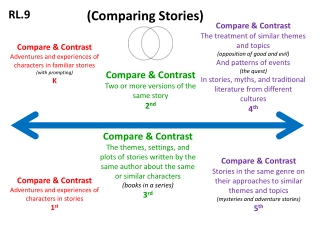
![Read⚡ebook✔[PDF] The Untold Stories of the Space Shuttle Program: Unfulfilled D](/thumb/21685/read-ebook-pdf-the-untold-stories-of-the-space-shuttle-program-unfulfilled-d.jpg)
